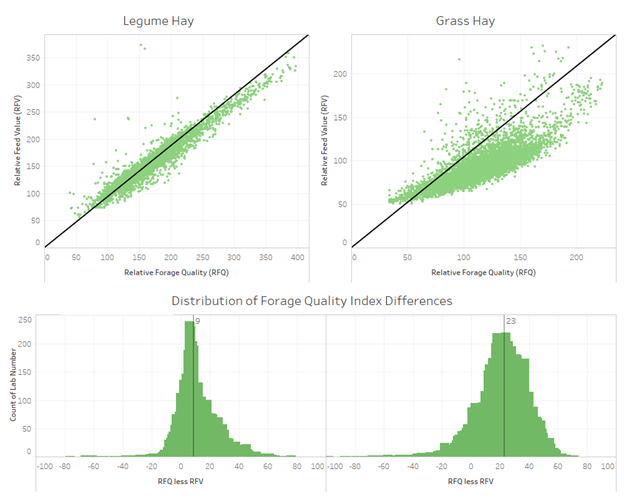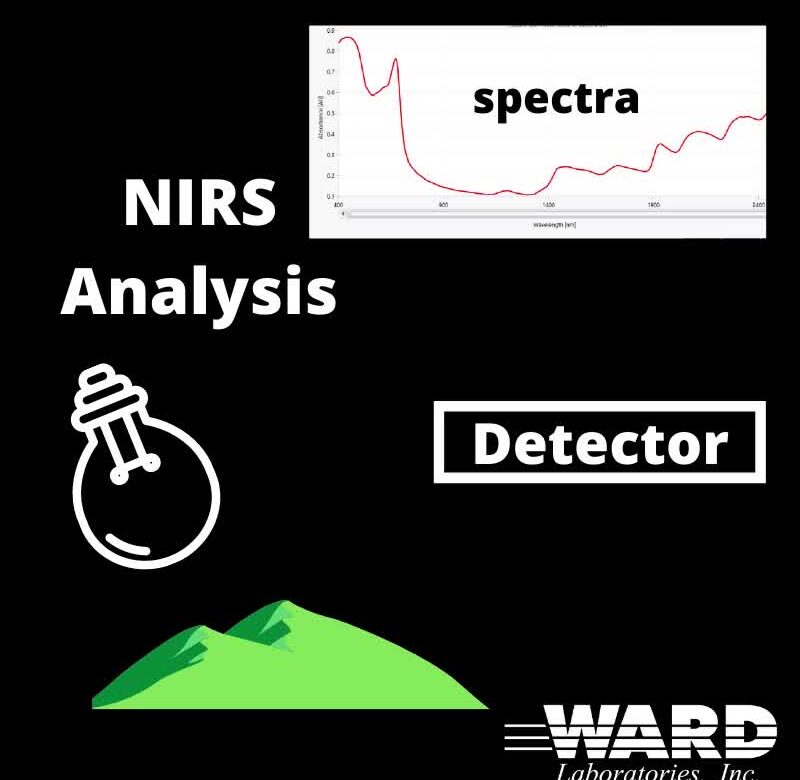
Why is my RFV and RFQ different?
As a consultant at a commercial testing laboratory, “Why is my RFV and RFQ different?” is one of the most common questions I receive from producers looking at their forage report. Most often, the question is posed when there is [...]



